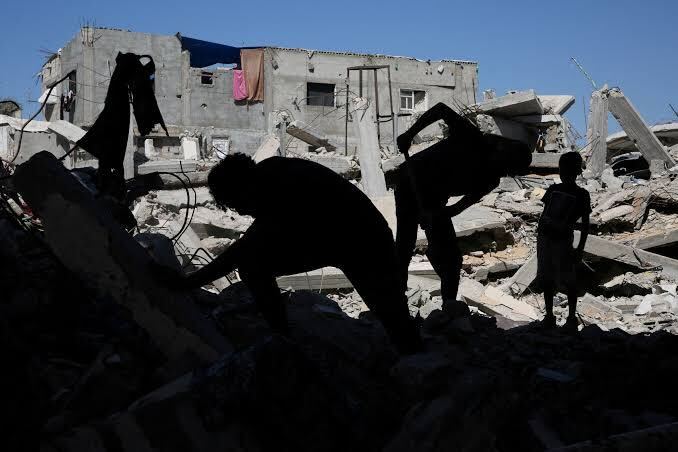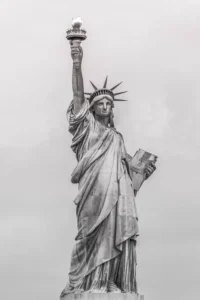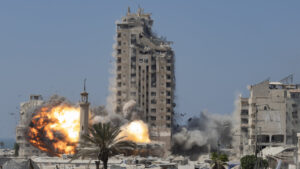In Gaza, displacement is not called a “temporary journey.” It is known instead as a recurring part of daily life. (click here for the Arabic version)
Women are the first to step out, carrying the weight of their homes and memories on their shoulders, pulling their children along with trembling hands, pushing carts filled with blanketsand milk cans, as if migrating from a house they were never truly allowed to settle in.
Each time, they are told: “Move.” And so moving becomes the only form of permanence. Some leave behind pots still simmering on the stove, family photographs on the walls, and keys to doors that may never open again.
Children, in these journeys, reduce their childhoods into a small bag: a torn doll, a deflated ball, or a worn family photo. They learn too early how to distinguish the sound of airplanes from the sound of the wind, how to hide their fear under a blanket when asked, “Are you okay?”
Their small voices tremble as they ask, “When will we go back home?” — but no one holds the answer. As for civilians, they live constantly on the edge of waiting:
Waiting for a ceasefire so they can bathe, waiting for a bread truck to share a single loaf, waiting for news about a relative lost in the chaos.
Every displacement reopens the first wound, yet it also recreates a new form of resilience: women who hide their tears so children won’t be afraid, children who turn rubble into games, civilians who collect fragments of daily life from beneath the ruins.
The roads leading to displacement camps are heavy with footsteps:
The footsteps of an old man leaning on his cane, holding a rusty key to a house destroyed years ago.
The footsteps of a woman cradling her sleeping child while walking for hours without water.
The footsteps of barefoot children running across the hot asphalt, as though they are fleeing memory itself.
In Gaza, displacement is not only a movement of the body — it is a movement of memory, of pain, a daily lesson in how a person can carry their homeland with them wherever they go, even if no roof remains above their head.
Homes may be destroyed, but stories remain alive: whispered between rows of tents, sung to children so they do not forget that somewhere, there is a place called home.





